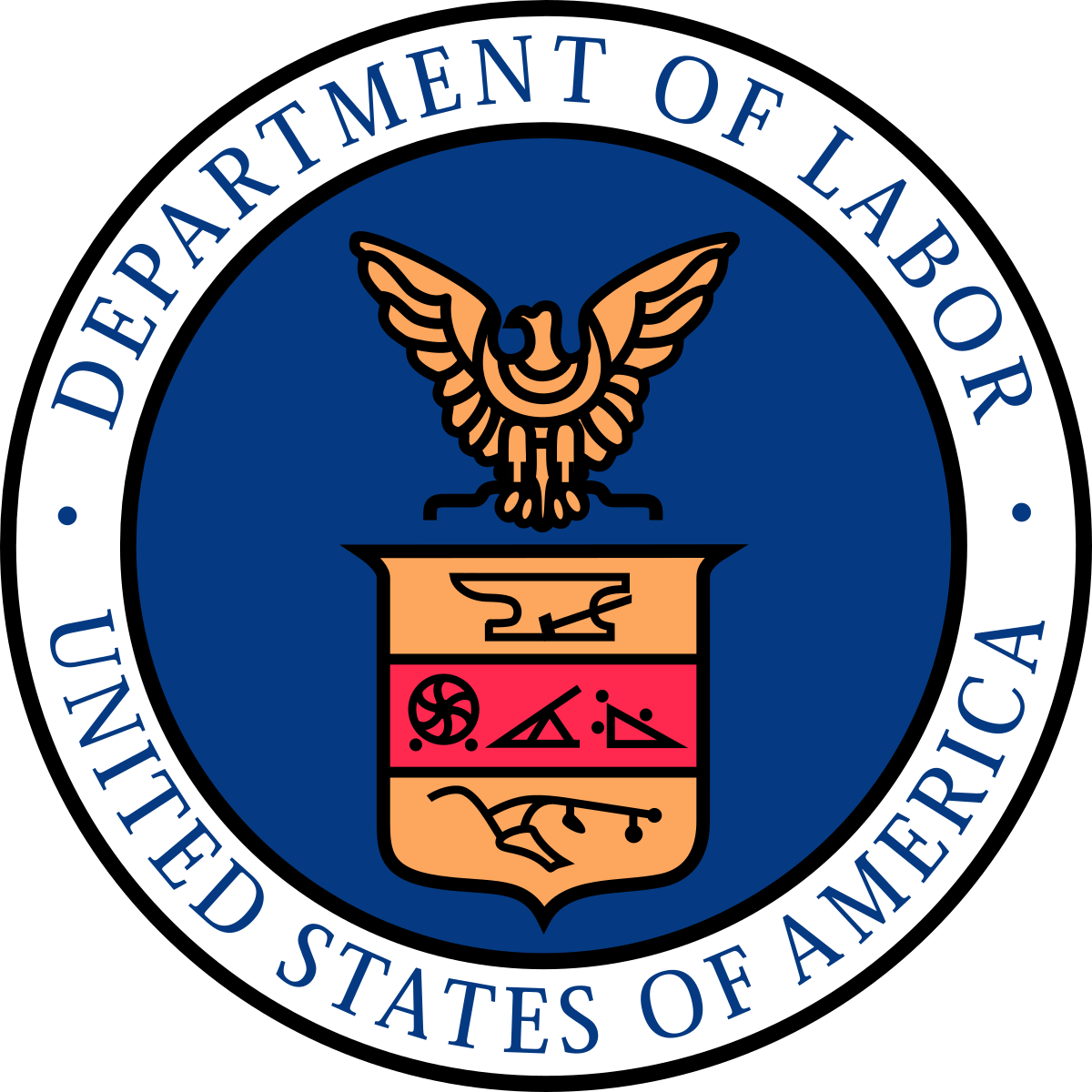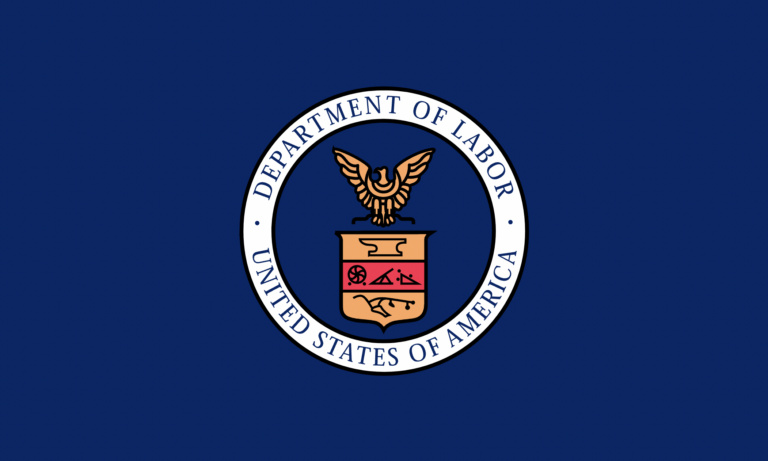
Reed Shaw is a Policy Counsel at Governing for Impact.

Will Dobbs-Allsopp is the Director of Strategic Initiatives at Governing for Impact.
It is no secret that we are living through a historic period in American labor relations. Nor is it a secret that some employers are responding to renewed labor activism with aggressive (and often unlawful) campaigns to suppress organizing efforts. What does remain largely hidden, however, is the murky universe of anti-union consultants and law firms that employers hire to conduct those campaigns.
Fortunately, with one relatively simple step, the Department of Labor (DOL) could immediately improve transparency into the often-obscured industry by rescinding an overlooked and outdated special enforcement policy.
By all accounts, the problem originated inadvertently. In the waning months of the Obama administration, the DOL’s Office of Labor-Management Standards attempted to revise its regulations under the Labor Management Reporting and Disclosure Act (“LMRDA”). The statute requires a series of disclosures from unions, employers, and union-avoidance consultants and law firms to ensure transparency about spending on union campaigns. For example, consultants must report transactions to engage in anti-union “persuasion” activities within 30 days of the anti-union transaction on Form LM-20. Employers must report the same agreements on Form LM-10 within 90 days of the end of their fiscal year.
However, inartful legislative drafting resulted in a capaciously-construed “advice” exemption to several reporting requirements, that has effectively allowed most anti-union activity to fall outside of the LMRDA’s LM-10 and LM-20 reporting scheme. In 2016, the DOL attempted to narrow this “advice” exemption, thereby vastly increasing the number of reports filed—ultimately, unsuccessfully (two district courts invalidated the regulation; and the Trump administration took office before the DOL could appeal the adverse decisions). But the reform effort carried an easily forgotten side effect. In the course of its attempted rewrite, the Department — likely anticipating forthcoming legal challenges and some degree of confusion during the transition to a new policy — decided to temporarily suspend full-throated enforcement of a separate LMRDA reporting and recordkeeping requirement: the annual LM-21 disclosures for anti-union consultants and law firms. Inexplicably, several years after the Obama update was invalidated in court, that “temporary” suspension still remains in place.
Under normal circumstances, the year-end LM-21 forms can provide much more comprehensive information than the LM-10 or LM-20. The latter only apply when an anti-union consultant or law firm engages in reportable “persuader” activity, which, under current policy, effectively requires direct contact with an employer’s workers. For example, if an employer hires an anti-union consultant to give a speech to its employees arguing against unionization, that clearly counts as “persuasion” and so triggers LM-10 and LM-20 filing requirements; but if a consultant drafts the exact same speech for a company executive to deliver, that may qualify as “advice” and therefore be exempt from reporting. (Such glaring loopholes inspired the Obama effort to narrow the advice exemption). The LM-20 forms are employer-specific. So a consultancy that provides “persuader” services to one employer but only “advice” services for another would only have to file an LM-20 for the former. Finally, the LM-20 does not require a report of the costs involved in the persuader agreement.
By contrast, the LM-21 form requires a consultant who has filed at least one LM-20 form during the previous fiscal year to report all activities (including the amount paid for those activities) — both persuasion and, crucially, “advice” — for any employer in an itemized, year-end filing (for an example, see 260.300 of the agency’s interpretive manual). This not only allows the public to see the full scope of a consultant’s work on behalf of a client (both its persuasion and advice activity), but it also offers the potential to reveal connections between consultants and employers who are otherwise exempt from filing the LM-10 and LM-20 forms. Put differently, a fully-enforced LM-21 can help prevent employers’ exploitation of the infamous “advice” exemption. (However, note that there still remains a subset of potentially non-reportable activity under this regime: if a consultant only ever engages in “advice” activity, it would never have to file a LM-20 and therefore would not be required to complete the more comprehensive LM-21 either).
The LM-21’s broader reach arises from the text of the LMRDA: in the LM-10 and LM-20 context, the statute notes that “nothing in this section shall be construed to require any … person to file a report … by reason of his giving or agreeing to give advice to such employer”; but for the LM-21, the LMRDA explicitly sidesteps the advice exemption, stating that the year-end report must contain “receipts of any kind from employers on account of labor relations advice or services.” (Emphasis added). Although there has been ample judicial disagreement about the scope of the LM-10/LM-20 “advice” exemption, courts largely agree that Form LM-21 reaches this broader category of reportable activity.
Yet due to the still-active LM-21 special enforcement policy, consultants today need not complete the most revelatory portions of the year-end form, which detail receipts from employers and the consultants’ disbursements in connection with labor relations advice or services rendered to those employers.
This has inhibited workers and their advocates, like LaborLab, which uses LMRDA reporting data to produce easy-to-understand resources for workers and unions. Organizers use this information during union election campaigns to ensure that workers know who is responsible for anti-union messaging, as well as to force employers and consultants to comply fully with transparency laws. With LM-21 reporting effectively suspended, it is more difficult for workers to trace the complex web of expert union-busters paid to dissuade them from exercising their rights under labor law.
The LM-21 special enforcement policy has also undermined enforcement in the LM-10 and LM-20 context. LM-21s provide a crucial cross-matching function to ensure that any employer listed on an LM-21 has also submitted an LM-10. Perhaps it is no coincidence, then, that the special enforcement policy’s existence has coincided with a drop to the lowest LM-10 and LM-20 compliance rates in decades.
As advocates including LaborLab and the Economic Policy Institute have argued for years, whatever reasons initially prompted the special enforcement policy no longer apply. And while rescinding the policy will not fully resolve the larger issue of LMDRA non-compliance, it will certainly provide more insight than the status quo. The DOL should take immediate action to end the policy.
Rescinding the policy has the added benefit of being procedurally simple. The policy states that it is effective “until further notice, which will be provided no less than 90 days prior to any change.” The enforcement policy was not published in the Federal Register. So the agency likely needs only to post an update to its website announcing the beginning of the 90-day notice period. To encourage compliance, the agency could notify employers via mail or email about the upcoming change to enforcement practices. However, the agency is not required to do so, as agency statements of policy are exempt from notice-and-comment requirements under the Administrative Procedure Act.
Congress enacted the LMRDA to help ensure that workers could readily tell when their employer is paying a third party to try and influence a union election. There is no reason that the most pro-worker administration in U.S. history should continue to allow a bureaucratic oversight to frustrate congressional intent and tilt the scales in favor of employers.










Daily News & Commentary
Start your day with our roundup of the latest labor developments. See all
December 22
Worker-friendly legislation enacted in New York; UW Professor wins free speech case; Trucking company ordered to pay $23 million to Teamsters.
December 21
Argentine unions march against labor law reform; WNBA players vote to authorize a strike; and the NLRB prepares to clear its backlog.
December 19
Labor law professors file an amici curiae and the NLRB regains quorum.
December 18
New Jersey adopts disparate impact rules; Teamsters oppose railroad merger; court pauses more shutdown layoffs.
December 17
The TSA suspends a labor union representing 47,000 officers for a second time; the Trump administration seeks to recruit over 1,000 artificial intelligence experts to the federal workforce; and the New York Times reports on the tumultuous changes that U.S. labor relations has seen over the past year.
December 16
Second Circuit affirms dismissal of former collegiate athletes’ antitrust suit; UPS will invest $120 million in truck-unloading robots; Sharon Block argues there are reasons for optimism about labor’s future.